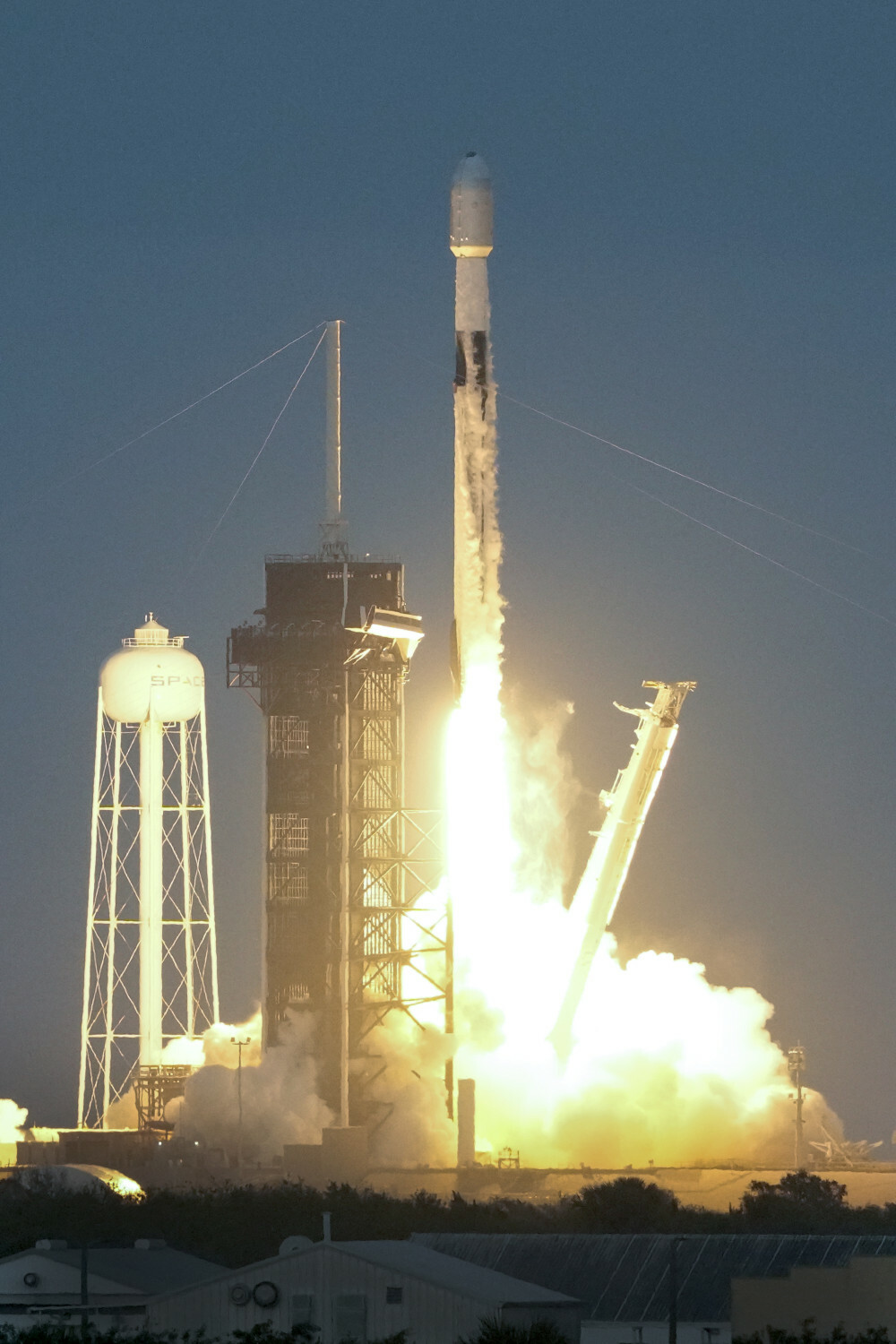The STAR VIBE satellite, a product of cooperation between Scanway, a Wrocław-based company, and the German company German Orbital Systems, has been launched into orbit around the Earth. The take-off was performed from a spaceport in Florida on board a Falcon 9 rocket, during the Transporter 6 mission.
STAR VIBE is a demonstration mission of two systems – a small Earth observation telescope called STAR and the VIBE satellite self-inspection system. The objective of the mission is to test the STAR telescope and the VIBE technology under space conditions and raise the technology readiness level to the highest, ninth level.
To this end, the impact of space conditions (vacuum, temperature fluctuations, high radiation, microgravity) on telescope components, on-board electronics and on the quality of the data collected will be tested. The duration of the mission is a minimum of three months but can be extended as required.
The STAR telescope is an instrument that operates in the visible light spectrum. Its array enables images to be taken at a resolution of 25 metres per pixel and provides a large field of view (102.4 x 76.8 km). This allows rapid data collection for many purposes, e.g. climate change, natural disasters or data to support efficient agriculture.
VIBE is a vision system located on a fold-out beam. The camera is connected to the space vehicle’s on-board computer, which, by collecting images in its database, enables them to be analysed using artificial intelligence. This makes it possible to detect various defects – such as in solar panels.
The STAR VIBE mission is unique for the Polish space sector primarily due to the dispatch of the VIBE instrument, which is the first Polish optical instrument for self-inspection of orbital infrastructure, equipped with an algorithm based on artificial intelligence.
Arkadiusz Słomczyński





